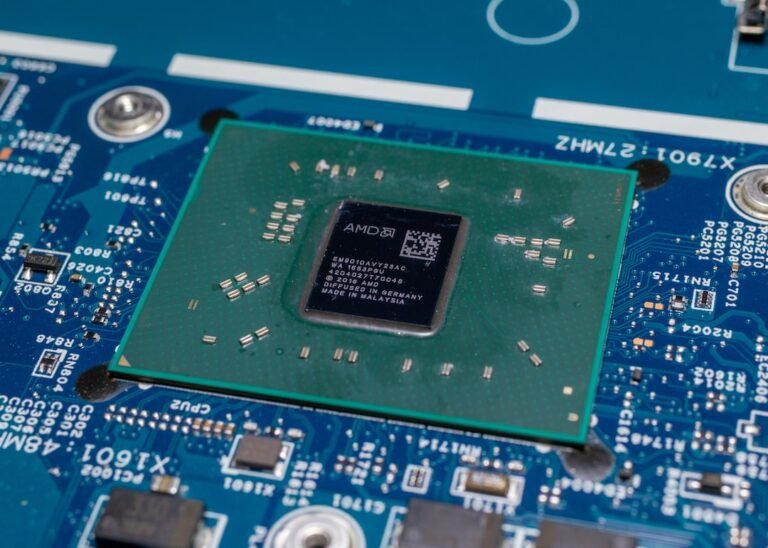Introduction
Welcome to the ultimate guide on creating a unified smart home network. Are you ready to transform your house into a futuristic oasis? Picture this: you wake up in the morning, and with just one voice command, the lights dimly come on, your favorite song starts playing, and the coffee machine begins brewing. Sounds like a dream, right? Well, with a unified smart home network, this dream can become a reality.
In this guide, we will explore the world of home automation and show you how to bring all your smart devices together to create a cohesive and efficient smart home. We’ll dive into topics like efficient communication, home automation, smart devices, and much more. So, let’s get started on this exciting journey towards a seamlessly connected home!
Home Automation: Simplifying Your Life
Have you ever wished for a magic wand to make your day-to-day tasks easier? Well, home automation is the modern-day equivalent. By integrating various smart devices, you can automate routine activities, save time, and enhance the overall convenience of your living space.
Imagine effortlessly controlling your lights, thermostats, security cameras, and even your kitchen appliances from a single interface. With home automation, you can do all this and more. Whether you’re at home, at work, or even on vacation, you can have complete control over your smart home’s functionality with just a few taps on your smartphone.
Efficient Communication: The Backbone of a Smart Home Network
A unified smart home network relies on efficient communication between different devices. Without a robust network, your smart devices would be like islands, unable to talk to each other and perform seamless actions. That’s why a reliable and high-speed home network is the backbone of any smart home setup.
To create a unified smart home network, you’ll need a strong router. A router acts as the gateway for all your devices to connect to the internet and communicate with each other. Investing in a high-quality router that supports the latest Wi-Fi standards, such as Wi-Fi 6, can greatly enhance the performance and reliability of your smart home devices.
When setting up your home network, consider factors like the size of your living space and the number of devices you plan to connect. If you have a large home, you may need to employ range extenders or mesh Wi-Fi systems to ensure that there are no dead spots and all your devices receive a strong and stable internet connection.
Smart Devices: The Building Blocks of Your Smart Home
Building a unified smart home network means bringing together a range of devices designed to make your life easier. These devices can include smart thermostats, smart lighting systems, smart security cameras, smart locks, voice assistants, and much more.
When choosing your smart devices, consider factors like compatibility and ease of integration. Look for devices that can seamlessly connect to your chosen home automation platform, ensuring that they can communicate with each other effortlessly.
For example, instead of having different apps to control your lights, security cameras, and thermostat, opt for devices that can be integrated into a single platform. This way, you can control everything from one central hub, simplifying your user experience.
Creating a Unified Smart Home Network
Now that we understand the essentials of home automation, efficient communication, and smart devices, let’s dive into the step-by-step process of creating a unified smart home network:
Step 1: Set Up Your Home Network
Start by setting up your home network. This involves connecting your router to your internet service provider and configuring your Wi-Fi network settings. Ensure that you choose a strong and secure password and enable WPA3 encryption for added security. If you need assistance with setting up your home network, consider consulting a professional or referring to our detailed guide on home network setup.
Step 2: Choose a Smart Home Automation Platform
Next, choose a smart home automation platform that fits your needs and preferences. Whether it’s Amazon Alexa, Google Assistant, or Apple HomeKit, make sure that the platform supports a wide range of devices and offers compatibility with the smart devices you plan to incorporate into your smart home.
Step 3: Connect Your Smart Devices
Once you have your home network and smart home automation platform set up, it’s time to connect your smart devices. Follow the manufacturer’s instructions to pair each device with your chosen platform. Be sure to enable the necessary permissions and grant the platforms access to your devices for seamless control.
Step 4: Customize Your Smart Home
Now comes the fun part � customizing your smart home! Use the automation features of your chosen platform to create schedules, routines, and scenes that suit your lifestyle. For example, you can create a “Good Morning” routine that gradually turns on the lights, opens the blinds, and starts brewing your coffee at a specific time.
Step 5: Enhance Security and Privacy
As your smart home network grows, it’s essential to prioritize security and privacy. Ensure that your router’s firmware is up to date and consider investing in a router with advanced security features, such as built-in VPN and parental controls. For more information on wireless router security, check out our comprehensive guide on router troubleshooting.
Conclusion
Congratulations! You’ve reached the end of our guide on creating a unified smart home network. By following the steps outlined here, you can transform your house into a fully automated and interconnected oasis. Home automation is no longer a thing of the future � it’s a reality that can simplify your life and enhance your overall living experience. So, dive in and start building your dream smart home today!
FAQ
| Question | Answer |
|---|---|
| How do I set up my home network? | We have a detailed guide on home network setup that will help you get started. |
| How do I troubleshoot router issues? | Our comprehensive guide on router troubleshooting will provide solutions to common problems. |
| What other smart devices can I integrate into my smart home? | There are endless possibilities! You can explore options like smart speakers, smart appliances, and even smart blinds. |
| How secure are smart home devices? | Smart home devices have advanced security features, but it’s crucial to take precautions like updating firmware and enabling security protocols. |
| Can I integrate my smart home with other home automation systems? | Many smart home automation platforms offer integration with other systems, allowing you to expand the functionality of your smart home. |
Further Reading
For more information on creating a unified smart home network and related topics, check out the following resources:




